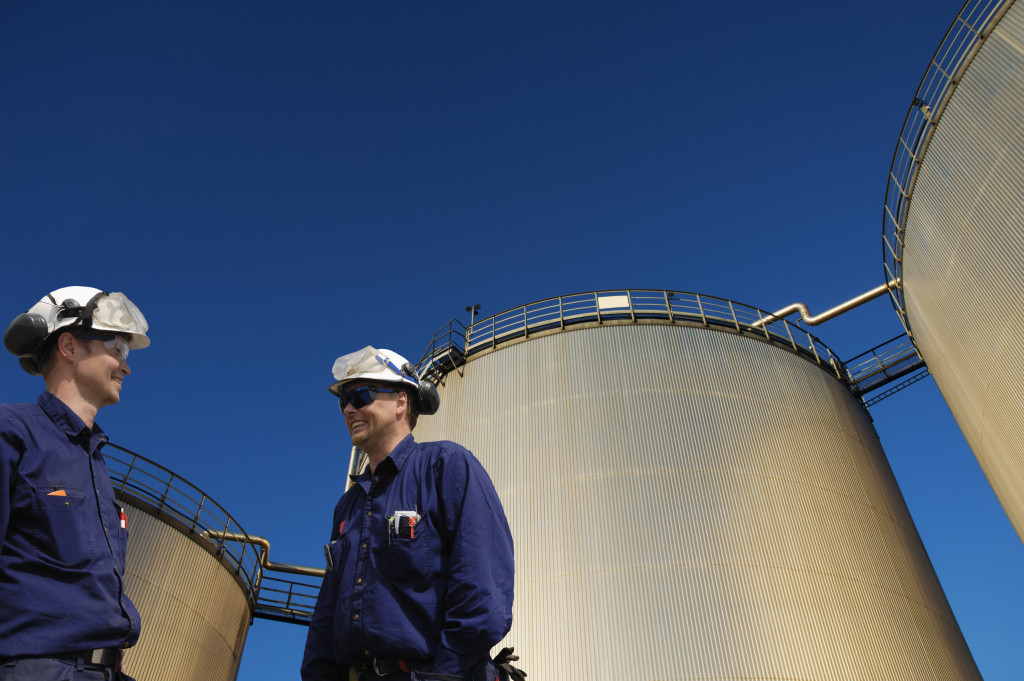- Natural gas production is beneficial but hazardous, as it can damage property and cause loss of life.
- Gas line explosions, leaks, blowouts, transportation accidents, and land subsidence are potential risks in the industry.
- Technological advances such as ceramic balls, real-time monitoring, and automation have helped decrease the chances of accidents.
- Between 2015 and 2017, ten deaths and twelve injuries occurred in natural gas pipelines in the U.S., costing the economy $8.3 billion.
- Companies must take all necessary precautions to ensure safety and prevent disasters.
Natural gas is a highly-valued energy source worldwide, with the United States currently being the second-largest producer of natural gas worldwide. While natural gas production has a lot of benefits, it is also a potentially hazardous process. Natural gas production accidents can lead to property damage, economic loss, and sometimes even loss of life. Here’s what you need to know about how technology is helping decrease the chances of these accidents.
Natural Gas Disasters in the U.S.
It’s estimated that there were around ten deaths and twelve injuries in natural gas pipelines in the U.S. between 2015 to 2017. These damages also cost the economy around $8.3 billion over the same period. Some of the most noteworthy disasters in this sector happened between 1980 to 1989, when there were more than 600 fires and explosions nationwide. Here are different accidents involving natural gases in the U.S.

Gas Line Explosions
Gas line explosions are one of the most common accidents in natural gas production. The most recent one was last 2022 in Louisiana, but there were no injuries. Several factors, including improper maintenance, human error, and natural disasters, can cause these incidents. When a gas line explosion occurs, the consequences can be devastating. In some severe cases, entire buildings are destroyed, and people may lose their lives. Companies must ensure that all gas lines are properly maintained, and workers are trained in safety procedures.
Gas Leaks
Gas leaks are another significant hazard in natural gas production. Leaks can occur when pipelines are damaged or when proper procedures are not followed during the drilling or transporting of natural gas. A gas leak can lead to an explosion or fire and can also cause a risk to the environment and public health. Companies must work to prevent leaks from occurring in the first place and have a contingency plan in case a leak does occur.
Blowouts
Another type of accident that can occur during natural gas production is a blowout. A blowout can occur when pressure builds up in a well, causing a sudden surge of gas and oil to flow uncontrollably. Various factors, including equipment failure and human error, can cause blowouts. They can lead to fires, explosions, and even the loss of entire wells. Companies must take all necessary precautions to prevent blowouts from occurring during the drilling and maintenance of wells.
Transportation Accidents
Moving natural gas from one place to another can also be dangerous. Natural gas is often transported through pipelines, and any leak or rupture in the pipeline can lead to an explosion. Similarly, accidents can also occur while transporting compressed natural gas (CNG) in tanker trucks. These accidents can cause severe damage to both property and life.
Land Subsidence
Finally, land subsidence is a hazard that can occur in areas where natural gas production occurs. Land subsidence occurs when underground gas is removed, causing the ground above to collapse. This can lead to infrastructure damage, environmental harm, and even harm to people and animals living in the area. While there is no foolproof way to prevent land subsidence entirely, companies need to take all necessary precautions to minimize the risk.
How Science and Technology Has Been Preventing These Accidents
Thankfully, various technological advances have helped decrease the chances of gas-related disasters. Here’s how that happens:
Ceramic Balls
Certain balls can be used in gas pipelines to detect pressure buildup. These ceramic balls can withstand extreme temperatures, meaning they can operate even in extreme conditions. When robust alumina ceramic balls are placed inside a pipeline, these balls act as an early warning system for potential emergencies or leaks. This can help workers detect any problems in the pipeline shut it down and then maintain it.

Real-Time Monitoring
Advanced sensors and software allow energy companies to monitor gas pipelines in real time. Any pressure, temperature, or flow rate changes can be quickly detected and addressed before it leads to a disaster. These sensors can also help workers detect potential leaks and fix them swiftly.
Automation
Lastly, automation has been a game-changer for natural gas production. Automated systems are much faster and more accurate than manual processes. They can help workers detect any potential problems early on and alert emergency personnel in case of an accident. Automation has been instrumental in ensuring the safety of natural gas production across the United States.
Natural gas accidents have caused much damage to people, property, and the environment. However, thanks to advances in technology, companies are now better equipped to prevent these disasters from occurring. Using advanced sensors and software, ceramic balls, and automation systems, energy companies can detect potential problems before they become catastrophes. With these tools in place, we can enjoy natural gas’s benefits without worrying about potential disasters.